Galapagos Wildlife Calendar
The magnificent Galapagos Islands, found more than 600 miles off the coast of Ecuador, continue to enthral travellers with their magical blend of epic scenery and unparalleled biodiversity. Unquestionably one of the most challenging aspects of planning such a trip is actually deciding when to visit the Galapagos. The good news is that with such a spectacular array of flora and fauna, you will never be short on wildlife to admire, regardless of the time of year you choose.
However, certain factors do determine what you will see and when you can see it. Most notable are the two seasons, divided into dry and wet. Dry season, which experiences low levels of rain and average temperatures ranging from19-29⁰C, runs from December to the end of May. Wet season continues from June to November, with warmer temperatures that reach the early thirties. To help make your decision a little easier, we’ve put together a Galapagos wildlife calendar, with a month-by-month breakdown of which fascinating animals you can expect to see throughout the year.

Land Iguana in the Galapagos (Pixabay)
January
As wet season hits full swing, Galapagos Turtles begin hatching their eggs on the sandy shores. Meanwhile adult Marine Iguanas found on Española Island turn into vibrant shades of red, green and black. December’s warmth carries over, and with it comes the beginning of nesting and courting for many species of land birds.
February
Home to such an astonishing variety of aviary life, it is sadly impossible for bird watchers to catch a glimpse of them all. February, however, offers as close an opportunity as possible to do so. Swathes of the Greater Flamingo and the Galapagos Dove begin nesting at the turn of the month (on Floreana Island). Mating season for the Black Pintail Duck starts to take place, and if you’re lucky you may also see the last of the Penguins on Bartolome Island.
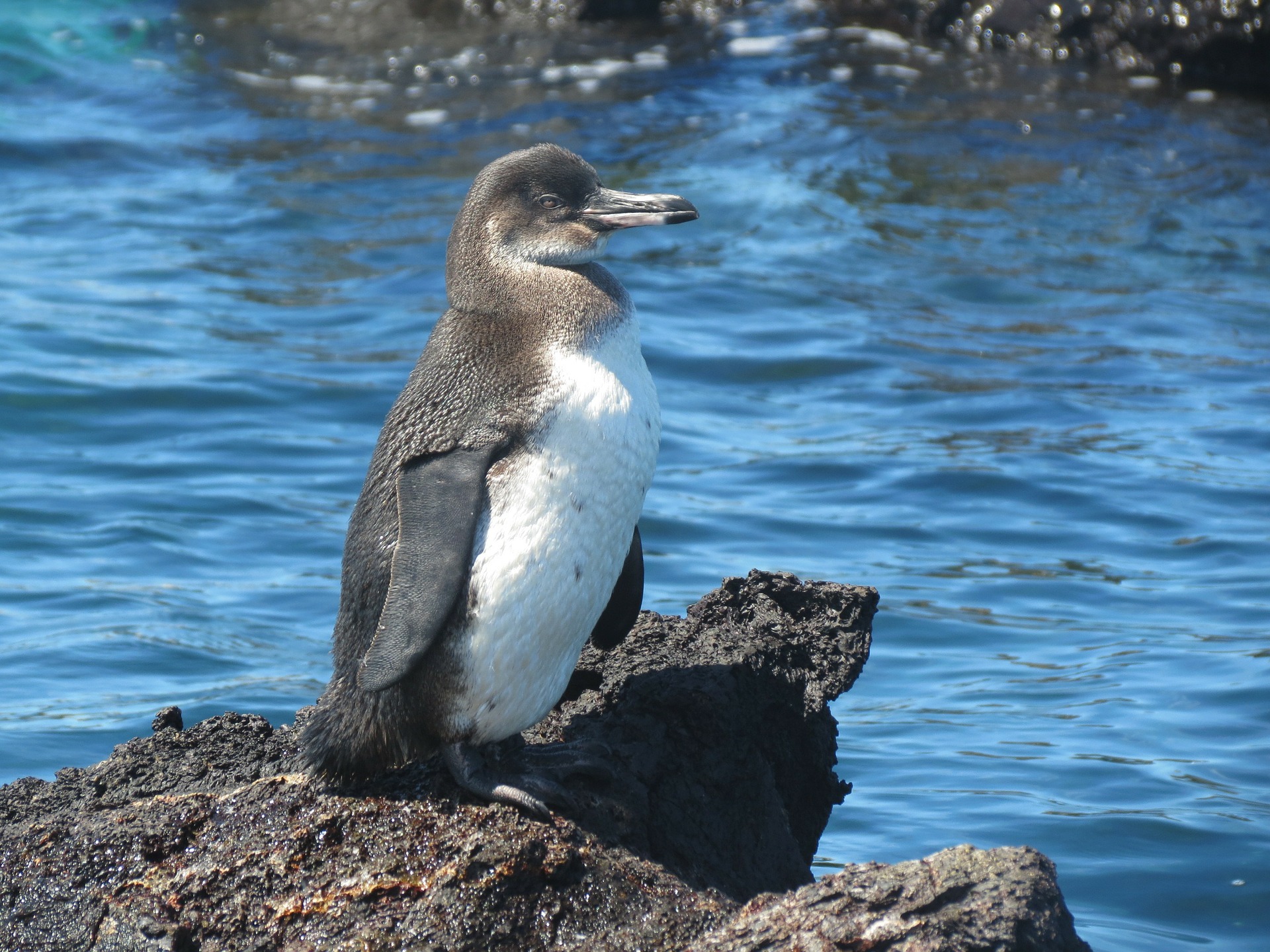
Penguin in the Galapagos (Pixabay)
March
The transition from February to March is marked by the year’s greatest rains, high humidity and temperatures that rise above 30 degrees. The warm temperatures make for terrific snorkelling and scuba diving, with a mixture of tropical fish and Penguins making a regular appearance. March also brings the start of the mating season for the Frigatebird, notable for its startling red neck that inflates in order to attract the female.
April
Arguably one of the best times to visit the Galapagos, April sees the perfect fusion of warm weather, sea temperature and plentiful animals. Green Sea Turtles and Land Iguanas hatch (fittingly) on Iguana Island, while this is also the last month (until December) to see Giant Tortoises hatching. Vibrant flora blossoms in the sun while spirited Sea Lions frolic on the beaches.
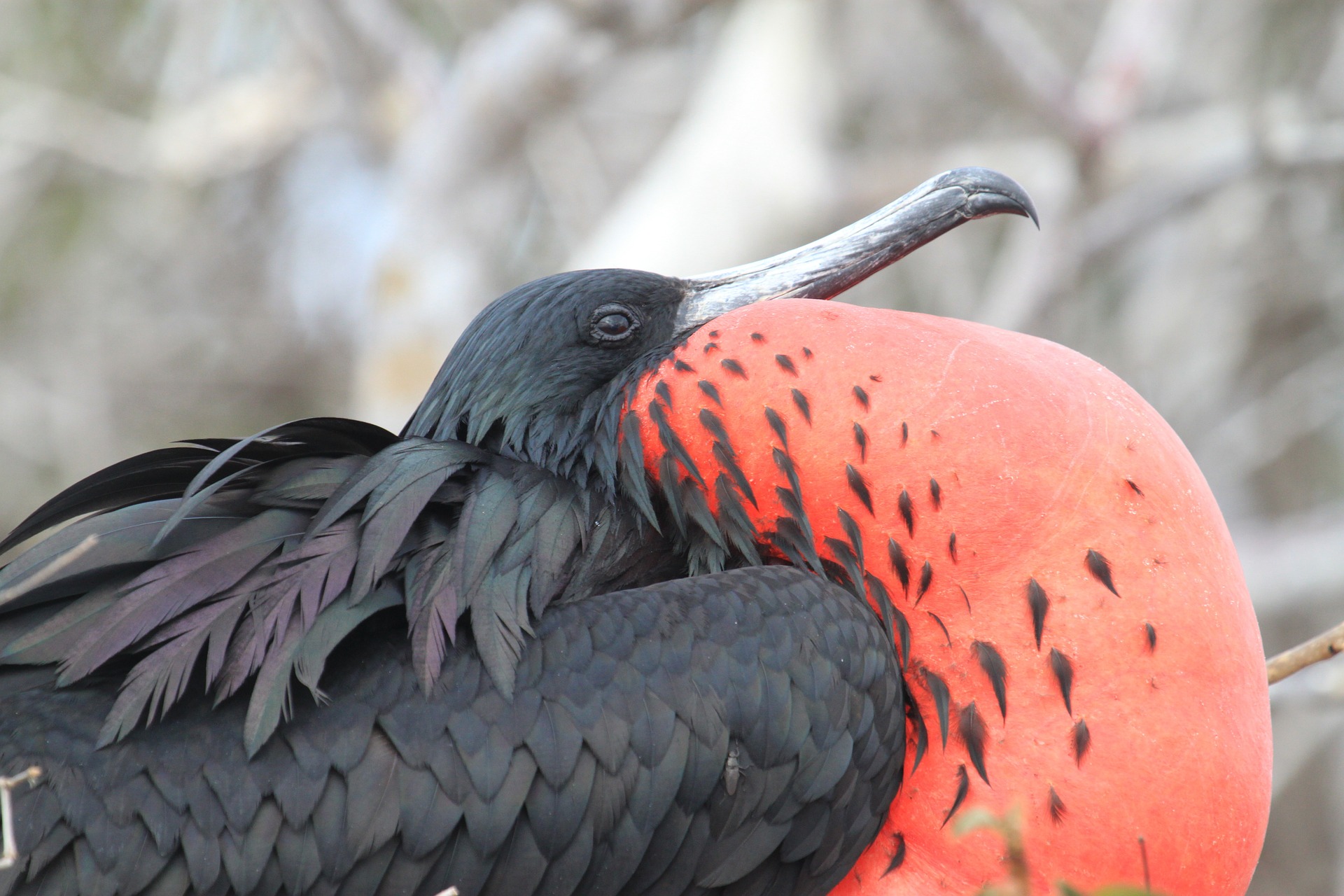
Frigate Bird in the Galapagos (Pixabay)
May
Take a trip to North Seymour Island in May and you will have to make way for the Blue-footed Boobies as they carry out their mischievous courting ceremony. The key is in the name, with the Booby shuffling from side to side, showing off its electric blue feet as best it can. Reptiles such as Iguanas and Sea Turtles take over island bays in order to hatch their eggs.
June
The beginning of the cooler, dry season brings large amounts of tourists, so make sure to book reservations well in advance. From mid-June onwards, cooler water hits the Humboldt Current that surrounds the island, providing rich ocean nutrients and with it wondrous exotic fish. Giant Tortoises come to nest during this month, while migration season for birds, Dolphins and Whales sees the Galapagos used as the perfect pit stop. The change in season also sees cloudier skies and stronger winds.
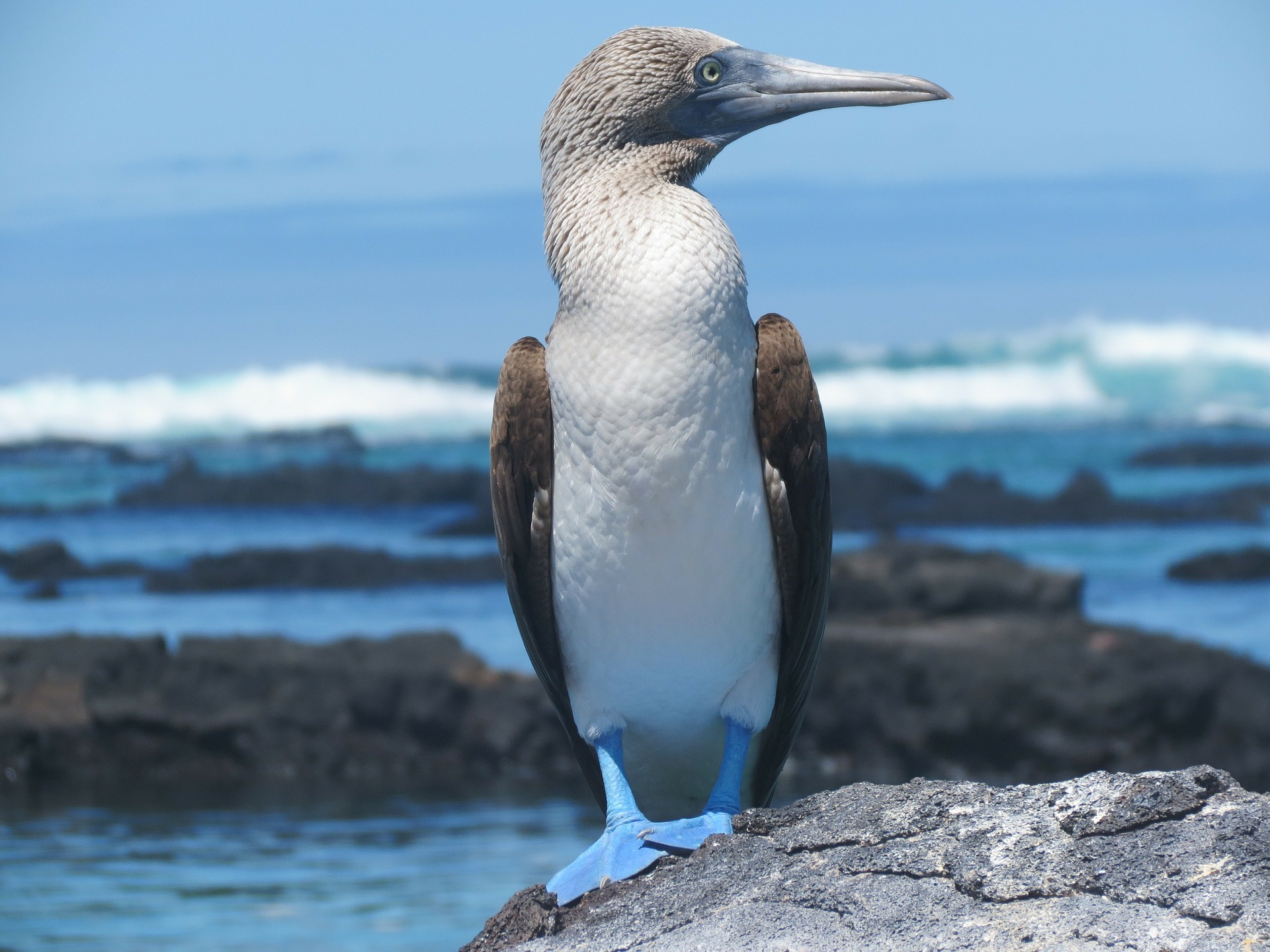
Blue-footed Booby (Pixabay)
July
Along with February, July is one of the best times to see some spectacular bird activity. American Oystercatchers (notable for their piercing red beaks) nest on Santiago Island, while Flightless Cormorants begin elegant courting ceremonies. If you missed the Blue-footed Boobies in May, then fear not, as the birds continue their mating season on Española Island. This month is also a prime time to see Dolphins and Whales offshore.
August
Even though August brings strong currents and choppy waves there is still much to see. Head for the central islands in order to come across the Sea Lion ’pupping’ season, where the young are at their most playful. The prehistoric-looking Giant Tortoises are aplenty on the highlands of Santa Cruz, while Galapagos Hawks court on Española and Santiago Islands.
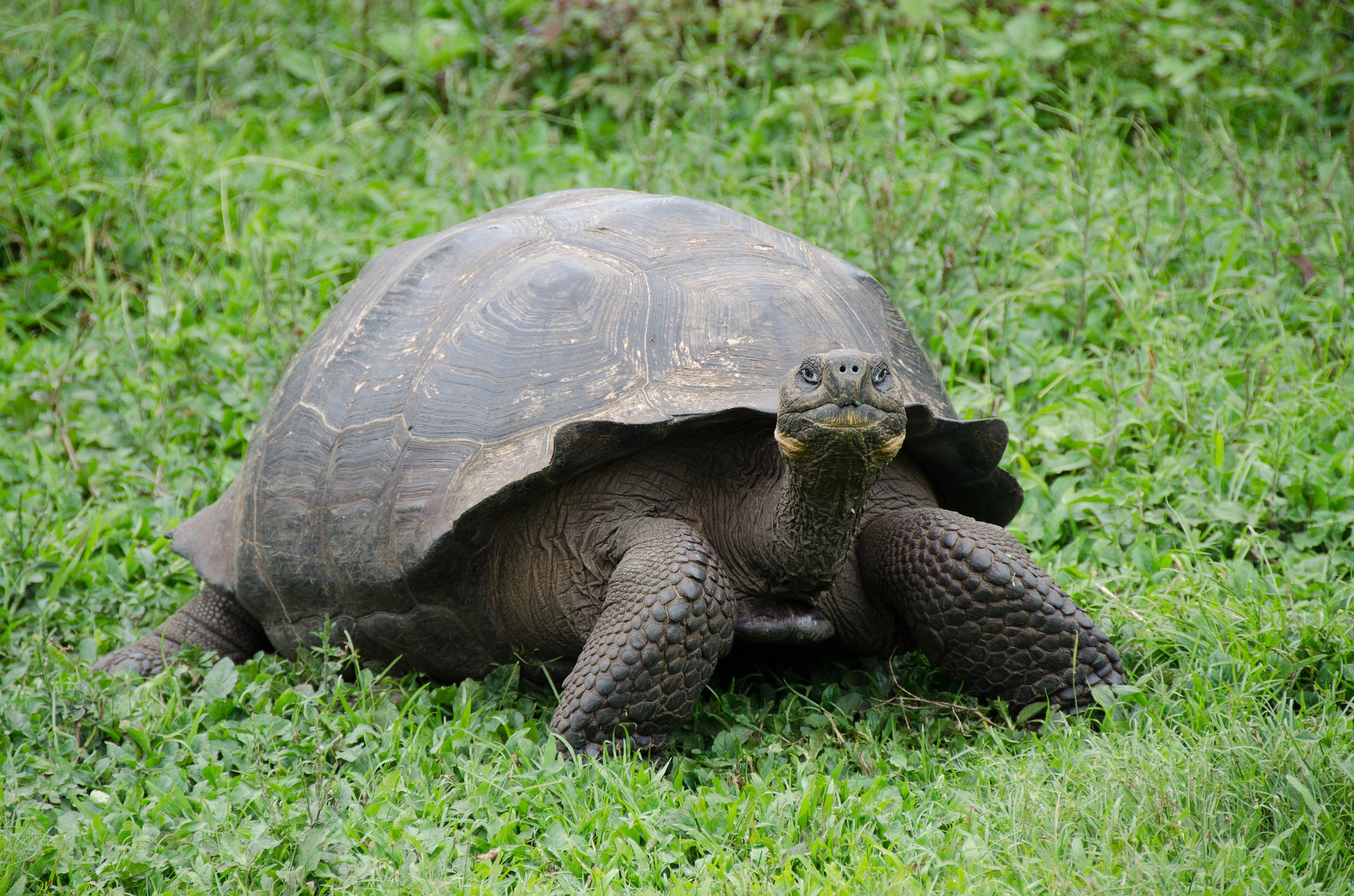
Giant Tortoise in the Galapagos (Pixabay)
September
The coldest month of the year is also the quietest in terms of tourist numbers. Penguins take over Bartolome Island and the surrounding waters, while Sea Lions have perhaps their most active month with females reaching the peak of their heat. As a result, male Sea Lions regularly engage in epic battles to fight for their mating partner.
October
Blue-footed Boobies can be found with their young chicks and Sea Lions likewise play with their young in the waters. Despite being a particularly misty month, October also makes way for atmospheric sunsets as low-lying fog meets the shoreline.
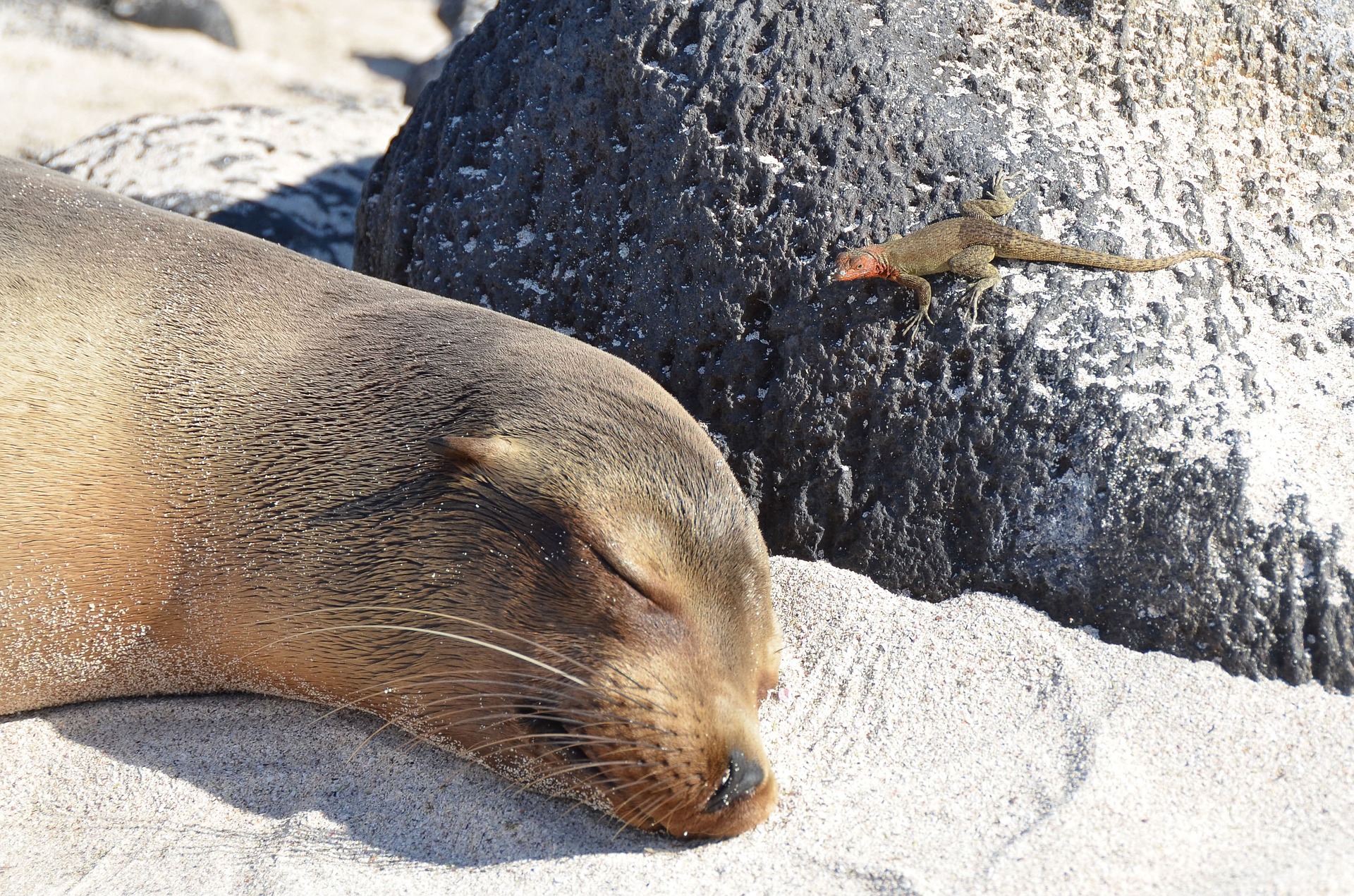
Sea Lion in the Galapagos (Pixabay)
November
As the winds and seas calm, water temperatures rise and with it you will find varying species of Jellyfish. Brown Noddy birds begin their breeding season while Sea Lions continue to play on the beaches. Many head for Champion Islet with their snorkelling gear in order to best witness the sea pups perform their acrobatics.
December
The beginning of Christmas holidays in Latin America means December is a particularly busy time and therefore prior booking is a must. Temperatures rise and wet season begins again, while the islands become incredibly verdant and the wildlife plentiful. Young Albatrosses fledge, and the hatching season for Giant Tortoises commences.
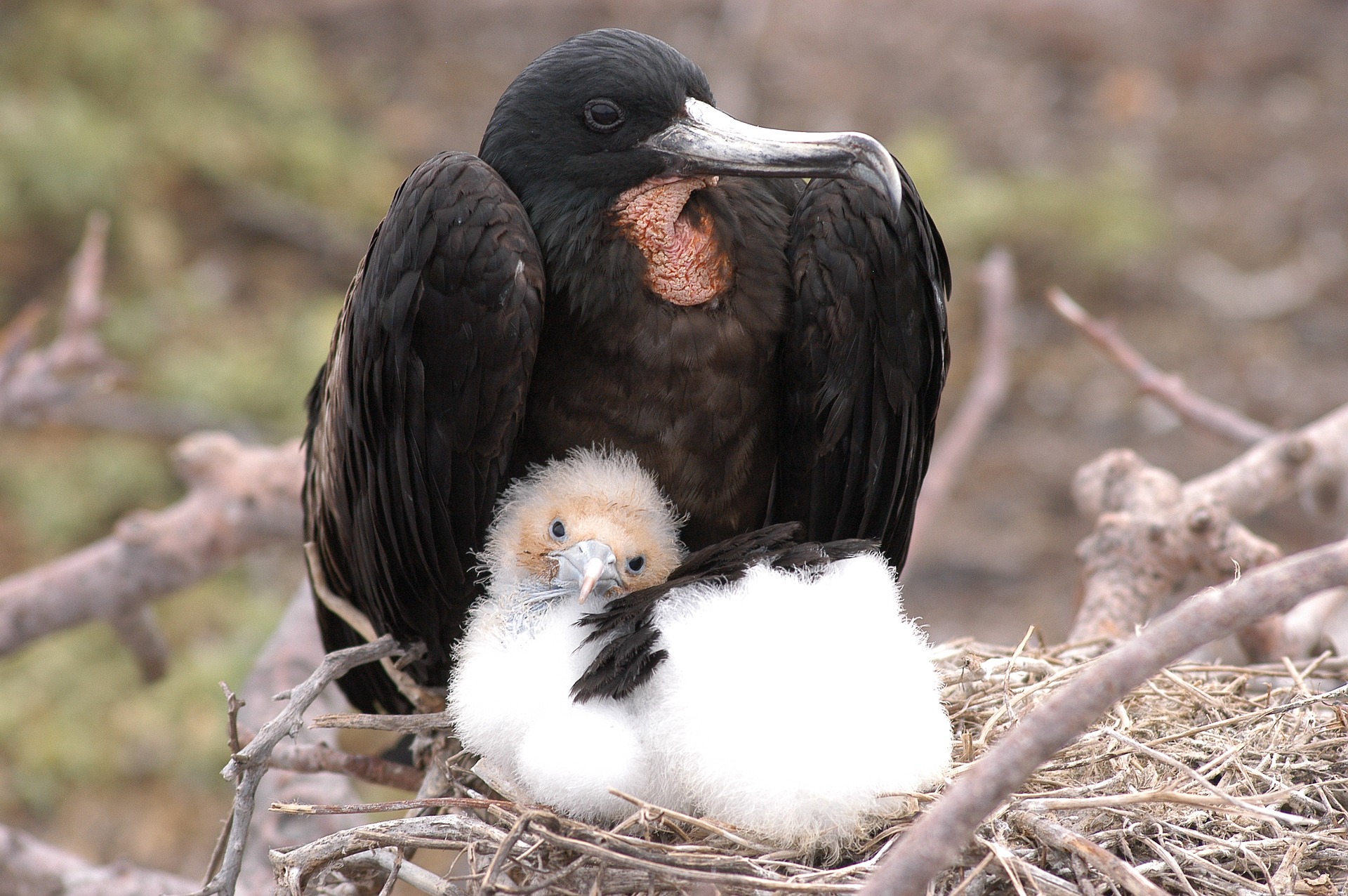
Frigate Bird in the Galapagos (Pixabay)
Such a fantastic array of exotic fish, intriguing reptiles and unique birds makes the Galapagos a dream to visit. The best way to decide when to visit the Galapagos is to ask yourself: what do you want to see the most? While preferences will vary, for many the best months to visit the Galapagos come at the turn of each season: December, January, June and July, as each offers a perfect climate that attracts some of nature’s most incredible sights. We hope that, with the help of this Galapagos wildlife calendar, that decision can become a little easier.
Start planning your bespoke trip to the Galapagos Islands with Discover Your South America! Handpick the hotels, cruises and activities you want, adjust the durations depending on how long you want to stay in each place, and have fun in the process! Surtrek is always at hand to help out. Call us on 1 866 978 7398 (Canada and USA) or 080 8189 0438 (UK) to talk to an expert, and Discover Your South America with Surtrek!

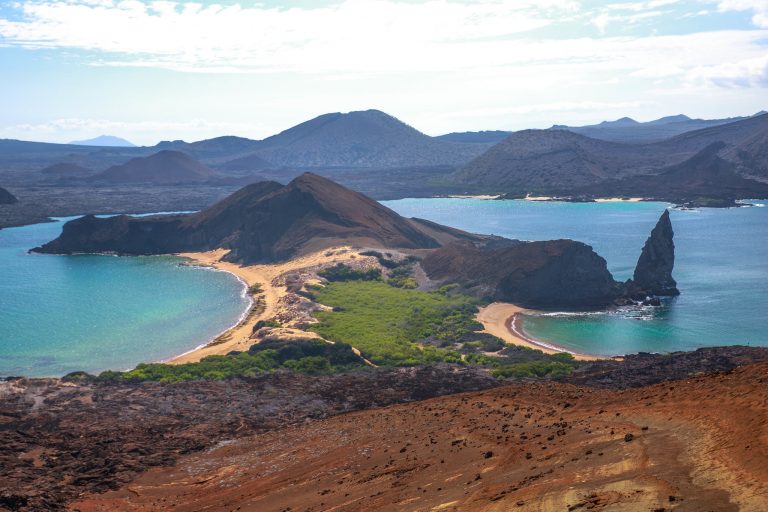

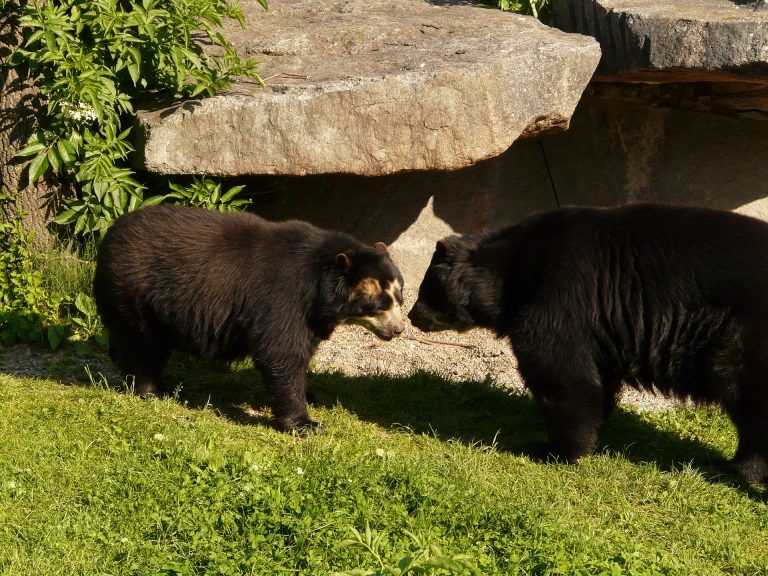
Leave a Comment
You must be logged in to post a comment.